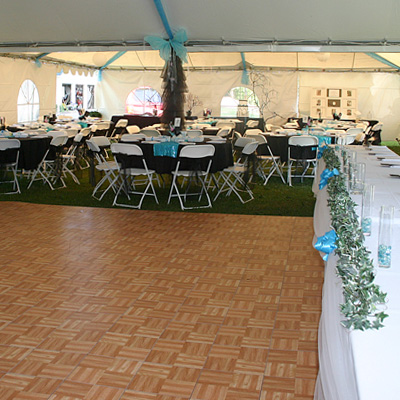Exploring the Versatile Substances That Convert Dance Surfaces into Stunning Visual Displays
Wiki Article
Movement surfaces have evolved considerably over the years, becoming more than just a place to dance to music. Currently, they are converted into stunning visual encounters through the use of various substances and techniques. These materials not only enhance the visual appeal of the area but also enhance the complete experience for performers and audiences alike. Understanding the versatile materials that add to these dynamic environments can provide understanding into the craft of performance floor design.
One of the primary frequent substances used in modern dance floors is LED lighting. Light-emitting diode lights are power-saving and can generate a wide range of colors and impacts. They can be embedded in the floor directly or used as part of a lighting setup over the dance floor. This innovation allows for synchronized light displays that can alter in response to the music, creating an engaging encounter. The capability to configure these lamps means that they can be tailored to match different themes or atmospheres, making each event distinct.

Another crucial substance is reflective materials, such as mirrors or shiny tiles. These surfaces can create an illusion of area and dimension, making the dance floor seem larger than it is. When performers move, their images can add an extra layer of visual appeal, enhancing the overall performance. Additionally, mirror-like materials can engage with lighting effects, amplifying the hues and designs displayed on the floor. This combination of light and mirroring can captivate spectators and elevate the energy of the occasion.
In addition to illumination and reflective materials, the use of electronic screens has become progressively popular in dance floor creation. These screens can display vibrant images, animations, or even live feeds of the show. By integrating electronic innovation, event planners can create a multi-sensory experience that engages both the performers and the audience. The capability to alter visuals in actual time allows for a dynamic atmosphere that can adjust to the rhythm and energy of the melodies, making each instance feel fresh and thrilling.
Furthermore, the selection of flooring substance itself plays a key role in the overall encounter. Classic wooden dance floors are still favored for their strength and functional qualities. However, more modern substances like vinyl and elastic are becoming popularity due to their flexibility and ease of maintenance. These substances can provide superior shock absorption, reducing the chance of harm for dancers. Additionally, they can be designed with multiple patterns and colors, allowing for creative expression in the dance floor's appearance.
In summary, the transformation of dance floors into stunning aesthetic encounters relies on a mix of creative materials and techniques. Light-emitting diode illumination, reflective surfaces, electronic screens, and customized flooring materials all contribute to creating website link an captivating setting for dancers and audiences. As innovation continues to progress, the possibilities for enhancing dance floor design will only expand, making future occasions even more enthralling and memorable. Understanding these substances helps value the artistry involved in creating spaces where dance and melodies come together in harmony.